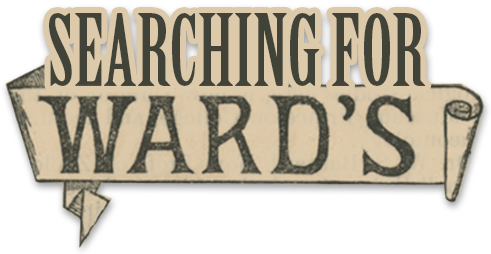
Transcribe Ward series of casts of fossils (check list), 1870
« previous page | next page » |
Current Page Transcription [edit] [view item]
INTRODUCTION. iii
important forms. Our Mastodon and Mammoth will be represented by- a tooth, a vertebra, or perchance a portion of a femur or a humerus. Similar fragments will represent our collections of Pachyderms, Ruminants and Cetaceans. Of Birds we shall have nothing; of the great Land-Saurians nothing. The 40 or 50 genera and more than 100 species of Marine Lizards will be represented by the paddle, or quite possibly by the entire skeleton of a young Ichthyosaurus. While among Fishes, we shall have several scores of specimens, of which only half a dozen will be perfect. A similar incompleteness, though to a somewhat less extent, will appear among many divisions of the Invertebrates. In a word, we may be able to show labels for a very full series of Fossils throughout the entire Zoological series, but the specimens themselves give the student a very faint idea of the animals for which they stand. Once more; there will be no representation whatever of scores of the most interesting forms which Geology has ever revealed. We have none of the Quadrumana; none of the great Carnivores - such as Machairodus and Hyawnodon; none of the Rodents; no Megatherium, Glyptodon, or other Edentates; no Sivatherium, Dinotherium, Palaeotherium, Rhinoceroes, Hippopotamus, Tapir or Toxodon; not even any perfect skulls with which to convey some exact idea of our own great Mastodons and Mammoths; no Marsupials, Cetaceans or Birds, no Iguanodon, Megalosaurs, Labryinthodon, Mosasaurus, Pliosaurus, Pterodactyle, and many more gigantic Reptiles whose names are familiar to us all, but of which, for the very reason we are noting, the majority of our students and not a few teachers (not professionally men of science) are strangers to any accurate idea. The same thing will be true in many important forms of Invertebrates, - although the greatest difficulty in this division will be that the state of the individual specimens secured will be such that they represent- stand for - the genus or the species far more often than they show the particular points by which these are characterized.
A series of type-specimens of Ammonites, Crinoids, and Trilobites might be purchased, perhaps for %50.00, - at least the labels would show most important generic names, - but $1,000, and a vast deal of labor would be a low price for perfect specimens of these same forms.
Concerning these series - as indeed of nearly all the specimens above mentioned, it is safe to assert that it is far better to have a good cast (of a perfect individual) than to have a poor original.
The author of these pages has had considerable experiences of the difficulties above mentioned, in his efforts during the last ten years to give completeness to the Palaeontological Cabinet of the University of Rochester. He has found that the only possible way to give this